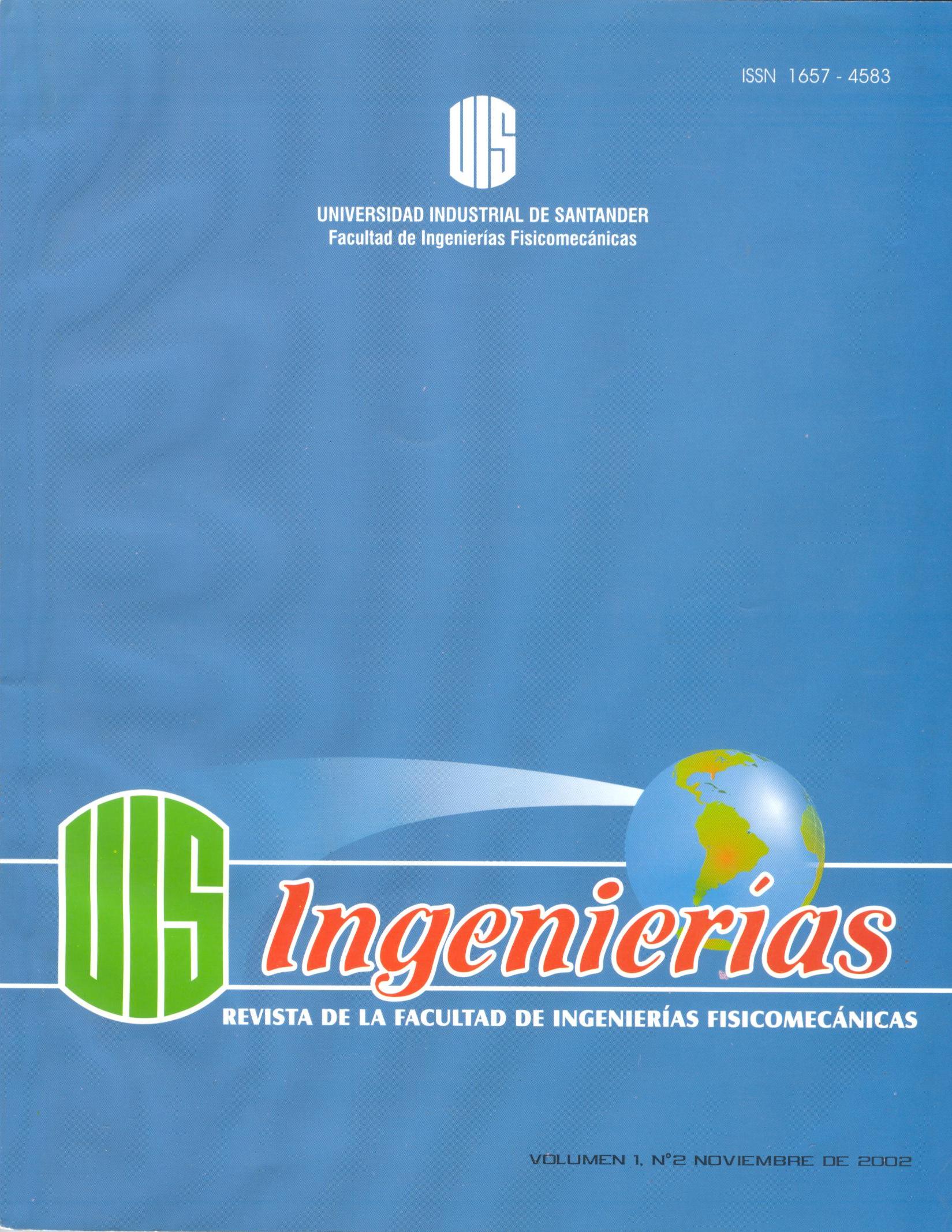Non-saturated porous flow with discontinuous hydraulic conductivity 11 numerical solution of the self-problem problem
Published 2002-11-01
Keywords
- porous media,
- fluid flow,
- residual retention,
- saturation,
- law of similarity
- scaling,
- anomalous exponents,
- numerical methods,
- eigenvalues,
- pollutants,
- runge kutta-euler ...More
How to Cite
Abstract
In the problem posed by Barenblatt and exposed in the first part of this work, the propagation of a mass of fluid from an injection is studied. The difference that exists in the solution to the problem is shown when the residual fluid retention in the soil is ignored, in which case it corresponds to the traditional solution of the diffusion equation. However, the problem must be considered considering residual retention, which gives rise to a problem of discontinuous hydraulic conductivity and a new law of similarity that includes in its functional form an anomalous exponent. From the flow equations and boundary conditions a self-value problem is generated which in this work is solved in numerical form using a combined algorithm of Runge-Kutta and modified Euler, which allows finding the exponent as a function of the values Of hydraulic conductivity and obtain the complete solution of the problem. It is possible to observe the evolution of the volume of fluid, the time and the propagation distance of some fluids, considering or not residual retention in the soil.
Downloads
References
GÓMEZ, S, MESA, O. Flujo en rocas usando grupos de renonnalización. Revista Colombiana de Física. Vo1. 30 No. 1. 1998
KOCHINA, LN. MIKHAILOV, N.N, FILINOV, M.V. Groundwater Mound Damping. Int. Engng. Sci. Vo1 21. No. 4. pp 413-421. 1983.
COGOLLO, C, ROJAS, L. Solución numérica de la ecuación de flujo en medio poroso lejos del equilibrio. Proyecto de Grado de Ingenieria Civil. DlS. 1999.[5]BURDEN, R, DOUGLAS, F. Análisis numérico. Grupo Editorial Ibero americana. 1985. 9

